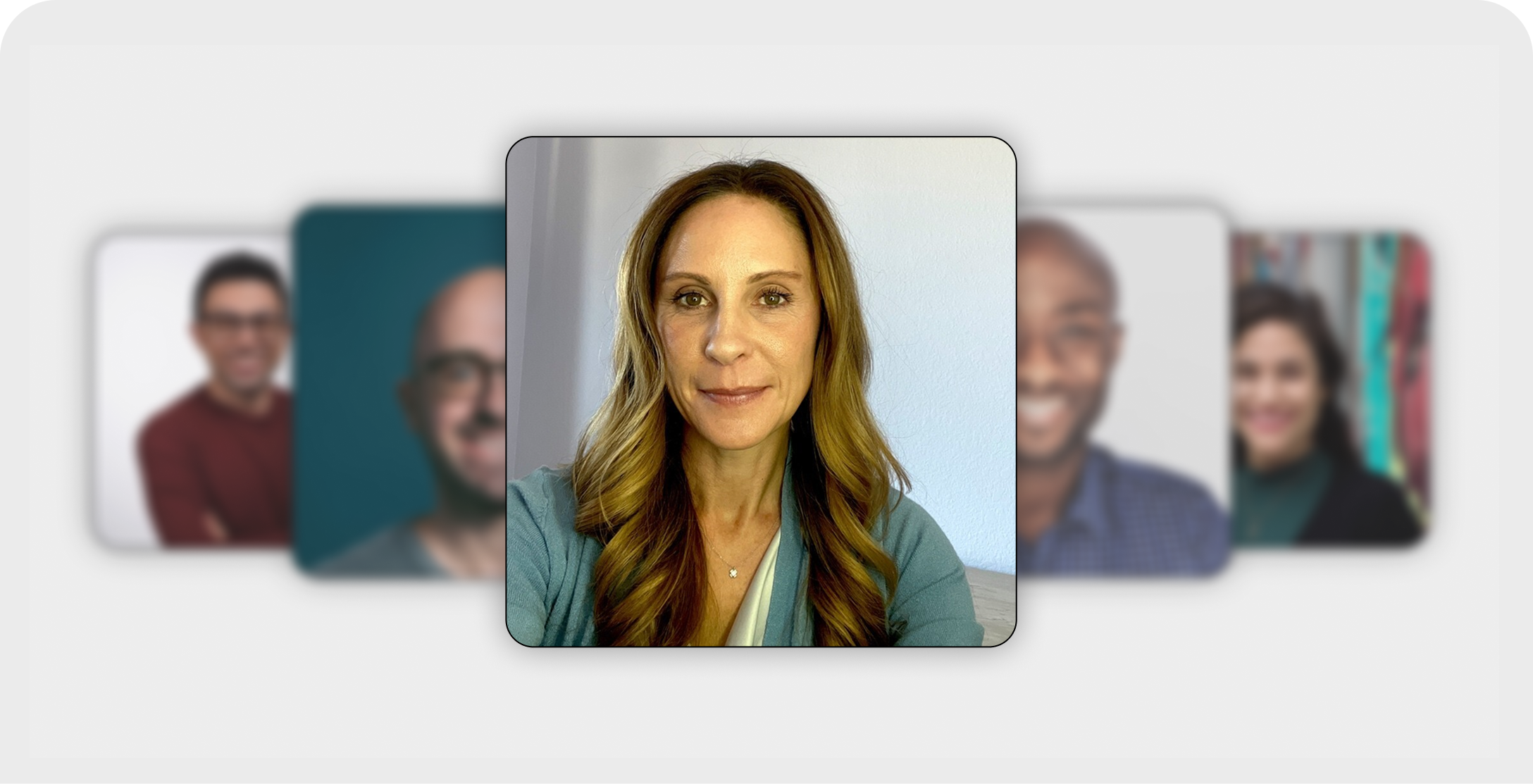
ICYMI: Challenge Accepted #5 - Grow the Leader, Grow the Business
What Happens When You Stop Treating Leadership Development as a “Nice-to-Have”
If there’s one thing that came through loud and clear in our latest Challenge Accepted session, it’s this:
Developing your leaders isn’t a “feel-good” exercise — it’s a business growth strategy.
Our guest, Shanna Goodell, brought two decades of experience from companies like eBay, Visa, Cohesity, and now Druva, to unpack what it really takes to turn leadership growth into business growth.
And the result was one of our most real, grounded, and inspiring sessions yet.
From Psychology to Business Impact
Shanna started by tracing her own growth journey — from studying psychology to leading large-scale business transformations impacting over 20,000 employees.
Her career took her across functions and industries, but the common thread stayed the same: helping people do their best work.
She shared how leaders who believed in her potential (before she even had all the experience) inspired her to build L&D programs that open the same doors for others.
Her passion? Creating systems where growth is not random or reserved for a few — but intentional, measurable, and part of the company’s DNA.
Leadership as a Team Sport
One of the most memorable moments was when Shanna used a sports analogy to explain leadership growth.
Her three sons are all athletes — and watching them train, she realized that growth in sports and growth at work aren’t so different.
“They show up to practice. They get coaching and feedback. They understand their role in the team. And they trust each other. That’s what growth looks like.”
Just like her kids’ training schedules, leaders need repetition, reflection, feedback, and teamwork — not one-off workshops.
(And yes, she backed this up with data: professional soccer players train 800–1,200 hours a year for only 90 hours of game time. Imagine if we trained our leaders like that.)
Building from a Blank Page
Across eBay, Cohesity, and Druva, Shanna has often started from scratch — tasked with defining an L&D strategy for companies at very different stages.
Her biggest lesson?
You can’t copy-paste what worked elsewhere. Every organization is unique — its structure, people, pace, and pain points.
Her approach is rooted in organizational development thinking — start by understanding the business problem, then design around it.
At Druva, this meant tackling issues like:
- An unclear definition of what “good leadership” actually looks like.
- Low engagement among women employees.
- A lack of consistent coaching and actionable feedback.
The results?
- A 7% increase in engagement among female employees in just one year.
- A 4% reduction in first-year turnover, saving significant cost and productivity loss.
- 90% of employees saying their manager gives regular, constructive feedback.
Personalization as the Real Differentiator
One of Shanna’s biggest takeaways for the group was this:
“You can’t scale leadership without personalization.”
At Druva, every leadership program — from Rising Leader to Manager Excellence — includes:
- A 360° feedback process
- 1:1 coaching sessions
- Customized development plans built with the manager
- Peer cohorts that meet regularly to practice, reflect, and share
And to make this sustainable? She’s starting to weave AI into the mix.
She described piloting Pascal, an AI leadership coach that gives “micro-feedback” in real time.
“It sits on my calendar, reminds me of my goals before a meeting, then sends me feedback afterward — what I did well, and what to think about next time.”
Her takeaway: AI won’t replace human coaching, but it can amplify it — making learning continuous instead of episodic.
Measuring What Actually Matters
When asked how she measures success (the eternal L&D question), Shanna smiled:
“Wouldn’t it be amazing if instead of asking about ROI, people asked — what value are your programs bringing to your people?”
Still, she tracks outcomes that tie directly to business growth:
- Promotions and internal mobility post-program
- Improved engagement and manager effectiveness scores
- Retention metrics
- Program NPS (recommendation rates and confidence boosts)
But perhaps the most powerful proof? Word of mouth.
Graduates talk about the program. They nominate peers. They share their experience on LinkedIn.
That “grassroots buzz,” she said, is often what wins leadership buy-in more than any spreadsheet.
Her Advice for L&D Leaders
- When strategy is unclear, start anyway.
Don’t wait for a perfect L&D roadmap — the business will have shifted by then. Build something that aligns to the company’s immediate needs and evolve it over time. - Make managers co-owners of learning.
From the nomination to the wrap-up, involve them. Send prompts after every session (“Here are 3 questions to ask your direct report this month”) and make them part of the growth loop. - Support the managers’ managers.
We often skip the VP layer, assuming they’ve “got it.” They’re the ones who hold the system accountable — and they need just as much development. - Celebrate and make it visible.
Publicly recognize program graduates, feature them on LinkedIn, and let your culture see that leadership growth is valued and rewarded.
Final Thought
Shanna closed with a reminder that hit home for everyone in the (virtual) room:
“If your people aren’t growing, your business isn’t growing.”
Because growth doesn’t happen in a slide deck or a workshop — it happens in daily habits, feedback moments, courageous conversations, and practice.
And when organizations invest in those — they don’t just grow leaders.
They grow the business.